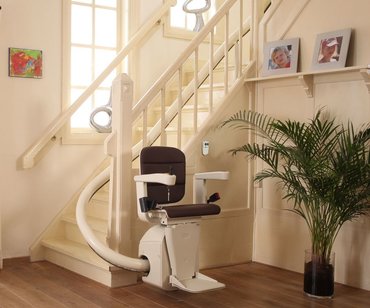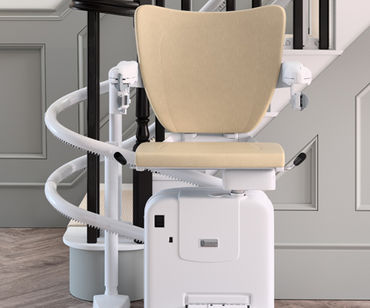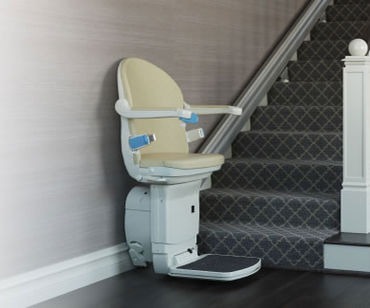How to create an accessible bedroom
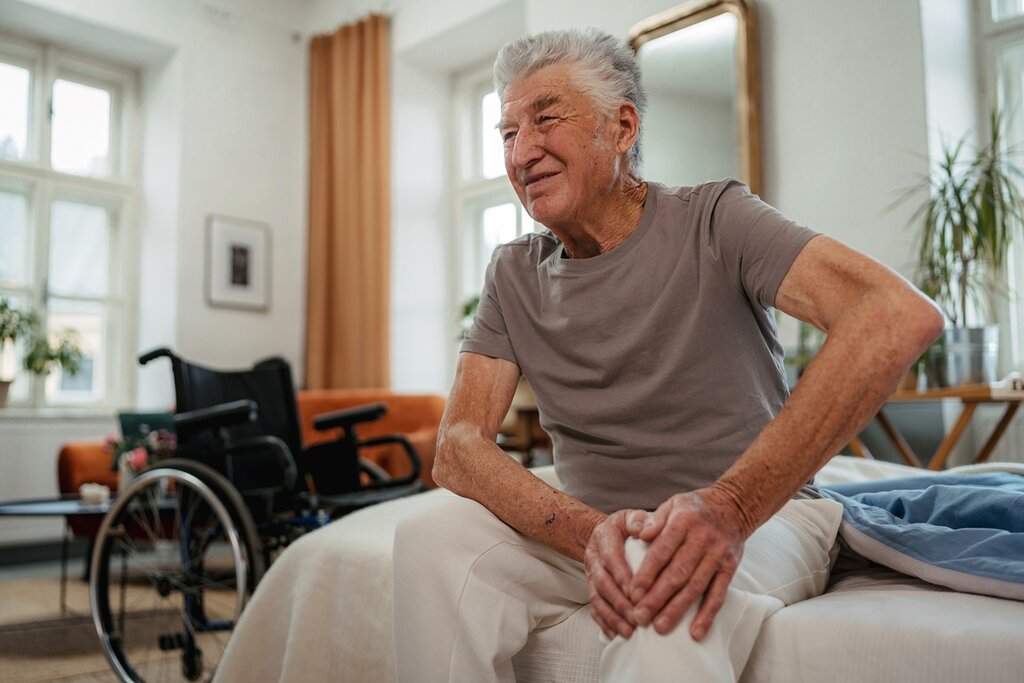
Bedrooms are meant to be comfortable and a safe haven, but if they are not accessible, they can quickly become an exhausting and stressful place to navigate.
If you or someone in your home is living with a disability or you are looking at future-proofing your home, an accessible bedroom is vital. You will need to consider ideas that are not just beautiful but functional, too.
Accessibility and style are not mutually exclusive, but in this guide, we look at how you can make your bedroom more accessible for the comfort and safety of people living with limited mobility.
Tips for creating an accessible bedroom
- Widening doorways
- Arranging the furniture in a bedroom
- Consider accessible storage solutions
- Ensure lighting is sufficient
- Assess your bedroom’s flooring
- Include assistive technology
Widening doorways
One of the biggest obstacles for many wheelchair users and those living with a disability can be the doorway.
An accessible bedroom needs to have a doorway which is at least 32 inches wide to accommodate wheelchairs or walking frames.
Other accessible features which can be installed for bedroom doors are lever-style door handles, which are easier to use than door knobs. Ramps are another useful feature that can be used if there is a step into a bedroom. Ramps allow for smooth transitions between a corridor and a bedroom or entry between rooms.
If your bedroom is located upstairs, take a look at our stair lifts and purchase a model from our range. This will allow anyone in the house with limited mobility to remain independent.
ALSO READ: Ways to prepare your home for later life
Arranging the furniture in a bedroom
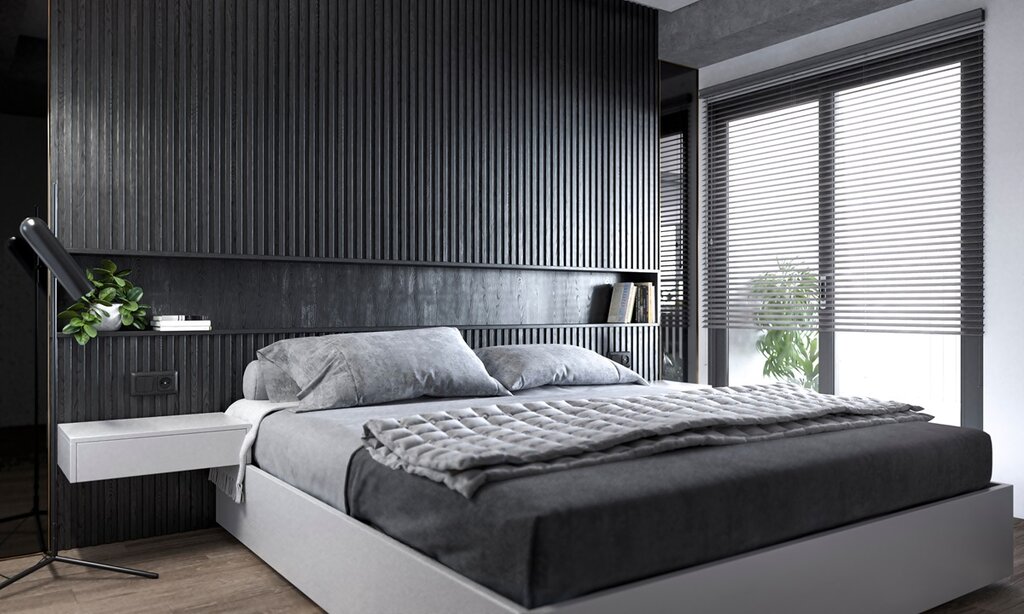
One of the simplest changes that you can do to make a bedroom more accessible is to re-arrange the furniture.
To make a bedroom wheelchair-accessible, furniture should be moved to create wide, clear pathways to allow wheelchair-users to move around the room easier.
It is also worth de-cluttering your bedroom so that there are no obstacles lying around or rugs that could be a trip hazard to people with limited mobility.
The bed should be at an accessible height to allow people to transfer easily from a wheelchair or a standing position onto the bed. Another option to help people get in and out of bed is to install bed rails.
Consider accessible storage solutions
To make a bedroom accessible, you will need plenty of storage space for clothes, pillows, spare duvets and bed sheets, but it is important that these spaces are accessible to wheelchair users and people living with mobility issues.
Lola Houlton from the Home and Gardens blog shares some tips for making storage accessible: “To make your bedroom more accessible, opt for storage solutions that are easy to reach, such as under-bed rolling storage, pull-down closet rods, lazy Susan shelves, or custom-height closets to improve reachability.
“To maximise floor space for manoeuvrability, utilise multi-functional furniture, like a bed with built-in storage or an ottoman that doubles as storage. This makes it easier to access items and adds a touch of functionality and organisation to the room.”
Other accessible storage solutions include lower shelves and cabinets which allow people with limited mobility to easily reach items without needing help.
Pull-out drawers in cupboards are great for people with accessibility needs so you don’t have to bend or reach to the back of a drawer or wardrobe.
ALSO READ: How to create a sleep sanctuary
Ensure lighting is sufficient
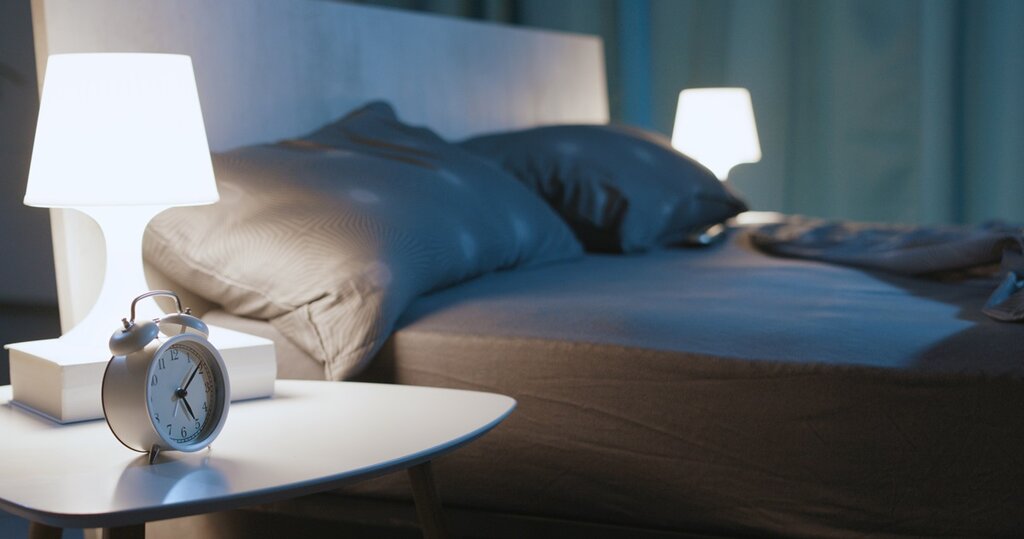
Proper lighting is important in any bedroom, but it becomes even more crucial when creating an accessible space. Adequate lighting improves visibility for individuals with visual impairments and increases safety.
You should choose bright, adjustable lighting. The lighting should be placed near key areas of the bedroom, such as wardrobes and bedside cabinets.
Maria, who is an interior designer and the founder of The Interior Editor blog, says that lighting should be calming in a bedroom: “Lighting can affect us on an emotional level too. Too bright, and we can feel uncomfortable. Overall lighting in bedrooms should encourage calm and tranquillity whilst providing additional functional task lighting for other activities. Ideally, lighting in your bedroom should be bright in the morning to aid dressing, etc. and intimate and atmospheric at night.”
A great accessible option when it comes to lighting in the bedroom is to install voice-activated or motion-sensor lights.
Something else you need to consider is the placement of light switches, and this is something Maria recommends to make a bedroom accessible: “Make life easy for yourself by ensuring your lighting switches are accessible and close by. The last thing you’ll want to do is get up and turn the lights off.”
ALSO READ: Accessible luxury accommodation in the UK
Assess your bedroom’s flooring
Any type of flooring that has a soft cushion is very difficult to manoeuvre in a wheelchair or a walking frame, so it is important that you check the floor in your bedroom is accessible.
Smooth, hard surfaces are usually the best to navigate for people with mobility issues, and it is important that you choose non-slip flooring.
Some of the best types of flooring for people with limited mobility and wheelchair users are:
- Hardwood flooring
- Vinyl tile
- Cork
- Rubber
When you are looking at the flooring in your bedroom, you will need to remove any tripping hazards. This means removing any rugs that could be a trip hazard or securing them with non-slip pads.
Include assistive technology
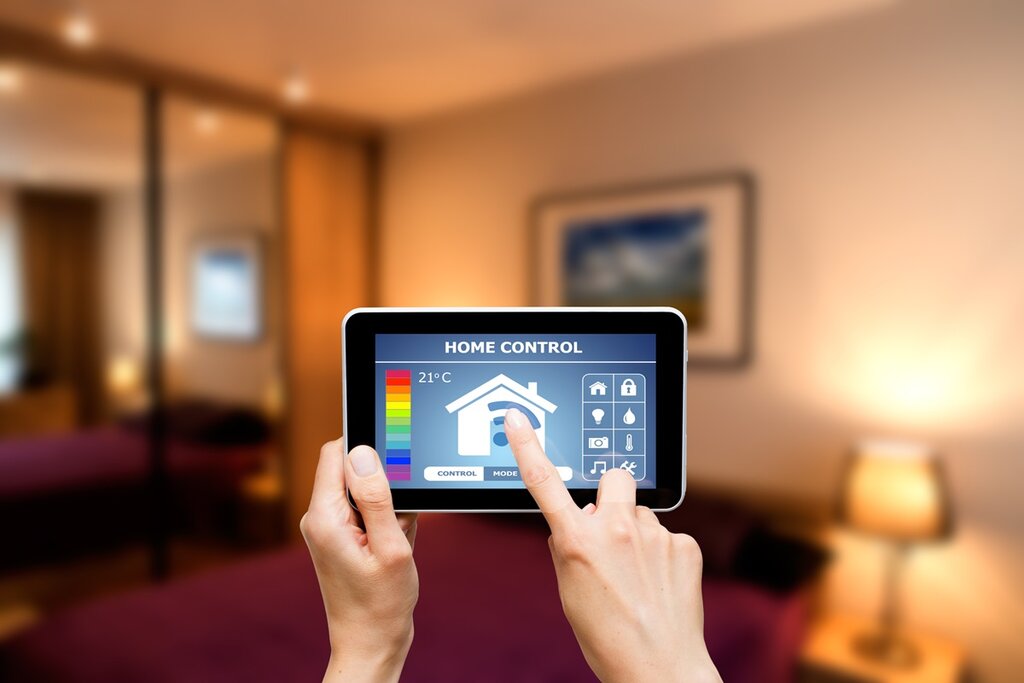
Integrating technology into a bedroom can make the room more accessible, and there are plenty of different options you should consider installing.
You can install voice-controlled systems for lights and fans, meaning that anyone with limited mobility doesn’t have to reach for a switch to turn them off.
There are different alert systems that can be installed into a bedroom such as medical alert buttons which people can press if they have fallen down and are in need of assistance.
ALSO READ: How smart technology can improve your home
Creating an accessible bedroom involves thoughtful adjustments and the integration of various features that will help keep people living in the house independent and safe.
If you want to create an accessible home, take a look at our curved stairlifts and straight stairlifts and book a free home assessment.
To read more about accessibility, visit our news section.

